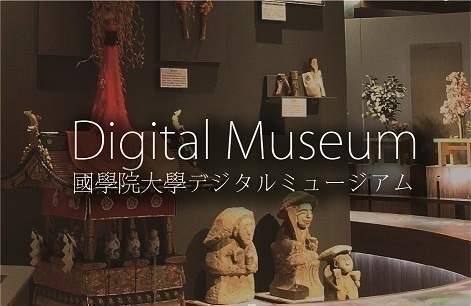- トップ
- Encyclopedia of Shinto
- Jingūkyō
Encyclopedia of Shinto
| Main Menu: | |
| Links: |
詳細表示 (Complete Article)
| カテゴリー1: | 8. Schools, Groups, and Personalities |
|---|---|
| カテゴリー2: | Modern Sectarian Groups |
| Title | Jingūkyō |
| Text | A Shinto organization established in the Meiji era. While not being included as one of the thirteen sects of prewar Shinto, it possessed the characteristics of sect Shinto (kyōha Shintō) until the mid-Meiji period. Organized by Urata Nagatami and others, it had as its first Superintendent Tanaka Yoritsune. In July 1872 shortly after the establishment of the Kyōbushō (Ministry of Religious Education), Urata Nagatami, then Junior Chief Priest (shō gūji) at the Grand Shrines of Ise (Ise Jingū), applied for approval to found a Shinto church called the Jingū Kyōkai. Urata established teaching centers in various localities, centering on Watarai Prefecture (present-day Mie Prefecture). In order to organize the disciples who gathered at these centers, he established religious confraternities throughout the country and unified them in October 1873 under the name Shinpū Kōsha (Divine Wind Religious Association). Existing Ise kō (popular pilgrimage confraternities centered on the Grand Shrines of Ise that had developed since the early modern period) were also incorporated into the Jingū Kyōkai. However, after the Daikyōin (Great Teaching Institute), which had been established to promote joint teaching by Shintoists and Buddhists, was dissolved in 1875, the Jingū Kyōin (the branch Institute or kyōin established at Ise) was reorganized and began proselytizing activities throughout the country. The Office of Preceptors (Kyōdōshoku; see taikyō senpū ) was abolished at the Grand Shrines in 1882, from which time the Jingū Kyōin declared itself independent from the official Grand Shrine Administration Office (Jingū Shichō) and took the name Jingūkyō. Urata had already resigned and thereafter Tanaka Yoritsune, who had taken over from him the position of leading the movement's proselytizing activities took office as the movement's first superintendent (kanchō). Membership increased until the late 1880s, but showed little subsequent change. With promulgation of Japan's new Civil Law in 1898, a movement arose to make the Jingūkyō a service organization for the Grand Shrines of Ise under provisions of that law, with the result that Jingūkyō was dissolved and reorganized as the Jingū Hōsaikai (Jingū Service Foundation) in September 1899. The organization continues to follow the basic ideals established by Jingūkyō, focusing on veneration of the Grand Shrines of Ise, Emperor-worship, study of the national polity (kokutai) and the national classics. See also: Tanaka Yoritsune — Inoue Nobutaka |




